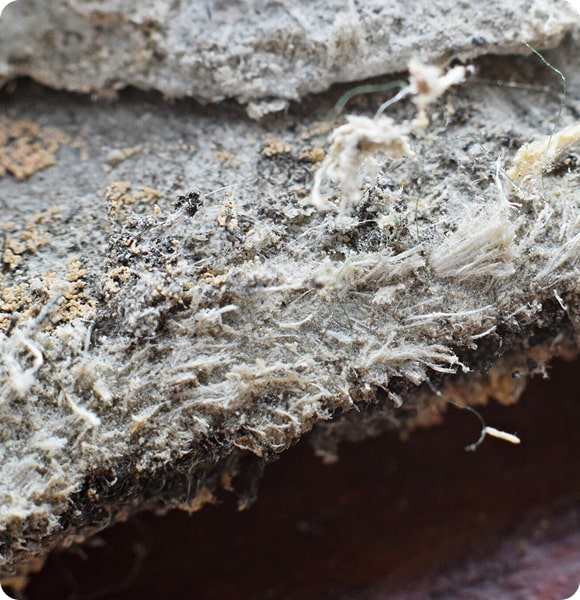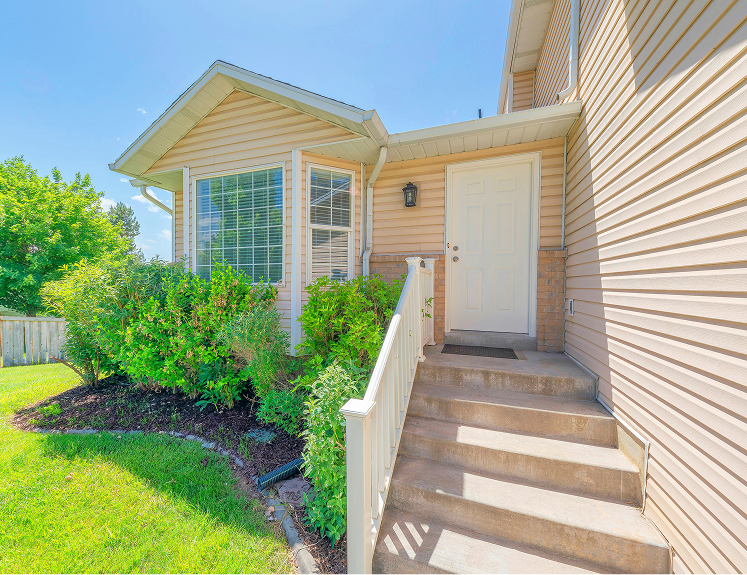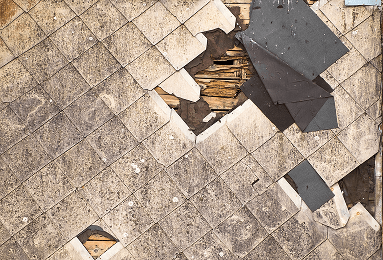Blog
Recognizing Signs of Asbestos in Your Home
Recognizing Signs of Asbestos in Your Home
The presence of asbestos in residential structures represents one of the most significant public health concerns of the twentieth and twenty-first centuries. Valued for its durability and fire resistance, asbestos was widely incorporated into American homes built prior to the 1980s. Yet, modern scientific consensus underscores its insidious capacity to cause severe, long-latency illnesses—including asbestosis, mesothelioma, and lung cancer. For homeowners and property managers, recognizing the potential indicators of asbestos is therefore not merely a matter of due diligence; it is an imperative rooted in both historical context and contemporary health and safety standards.

Understanding the Historical Context of Asbestos Use in Homes
The proliferation of asbestos in residential construction materials peaked between the 1940s and late 1970s, owing to its perceived safety and practicality. Manufacturers incorporated asbestos fibers into a variety of products, notably asbestos tile, asbestos flooring, popcorn ceiling asbestos, asbestos shingles, and asbestos siding. Following the growing recognition of its health hazards, federal and state regulations gradually curtailed its use; yet, extant homes from the relevant period remain potential reservoirs of asbestos-containing materials (ACMs).

The Mechanisms of Hazard and Exposure
It is critical to recognize that asbestos is not inherently hazardous when inert or undisturbed. The risk emerges predominantly during renovations, demolition, or the natural deterioration of ACMs, when microscopic fibers become airborne and inhaled. These fibers, due to their indestructibility and minute size, bypass the body’s natural defense mechanisms, often lodging in respiratory tissues and causing chronic diseases that may take decades to manifest.
Telltale Signs of Asbestos in Residential Structures
1. Flooring Materials and Tiles
- Visual and Temporal Indicators: Homes constructed or last remodeled between 1920 and 1980 commonly feature asbestos tile, typically 9-inch by 9-inch or 12-inch by 12-inch squares. These tiles may present in muted colors with simple, marbled, or speckled patterns. Vinyl asbestos tile often displays a dull luster and is sometimes brittle due to age.
- Associated Elements: Mastic adhesives, insulating paper backings, and underlayments of older flooring may also contain significant asbestos content, compounding the potential for exposure during removal.
2. Textured Ceilings (Popcorn Ceilings)
- Historical Context: The so-called popcorn ceiling achieved popularity between the 1950s and 1980s. Its stippled surface, achieved by the inclusion of asbestos for fireproofing and acoustical dampening, remains an archetype of mid-century construction.
- Visual Indicators: If your home possesses a heavily textured, ‘bumpy’ ceiling and predates 1985, there is a substantial probability it contains asbestos. The risk increases if the texture chips, deteriorates, or is subject to scraping.
3. Flooring and Linoleum Backings
- Definition and Prevalence: Older sheet linoleum and vinyl asbestos flooring often incorporate an asbestos matting or paper backing, identifiable by a fibrous, gray-white underlay. Damage, curling edges, and attempts at removal can release hazardous fibers.
4. Exterior Siding and Shingles
- Material Distinctions: Asbestos shingles and asbestos siding were once favored for their impressive resistance to weather and pests. These siding materials typically appear as rigid, slate-gray panels or shingles with a slightly chalky texture.
- Clues for Identification: If the property’s siding or roof exhibits brittle, layered, or cementitious panels, especially in homes built before 1980, asbestos content is plausible. Discoloration, vertical cracking, and breakage should be treated with caution.
5. Pipe and Duct Insulation
- Historical Significance: Wrapping for hot water pipes, boilers, and furnace ducts from mid-century periods often utilized white or gray asbestos cloth or paper. Such insulation, now likely friable, poses acute risks if disturbed.
- Observation: Simplistic cloth wraps, white tape-like seams on pipes, or insulation that crumbles to the touch warrant professional assessment.
6. Other Suspect Materials
- Sprayed Insulation: Attics with loose-fill insulations may contain asbestos-laden vermiculite. Look for shiny, mica-like appearance.
- Composite Wallboards and Plaster: Some walls, joint compounds, and ceiling tiles in older homes were finished with asbestos-enhanced products for structural reinforcement.
The Imperative of Professional Testing and Abatement
While the above markers offer guidance, it must be emphasized that visual assessment alone cannot confirm the presence of asbestos. Laboratory analysis of carefully collected samples remains the definitive means of identification. No home should be subject to intrusive investigation, removal, or asbestos abatement without proper containment protocols administered by licensed professionals.
Never attempt DIY abatement. Improper disturbance of ACMs can exponentially increase fiber release, endangering not only occupants but also adjacent residences through contaminated dust.

The Role of Asbestos Abatement of Utah
Asbestos Abatement of Utah specializes in the meticulous identification, containment, and removal of ACMs from residential properties. Our rigorous, historically informed approach ensures adherence to both state and federal regulatory frameworks, prioritizing the health of occupants and the preservation of property integrity. Our services include:
- Initial site assessment and risk analysis
- Laboratory-supported material sampling
- Comprehensive abatement planning and execution
- Clearance testing and post-removal certification
Best Practices for Homeowners and Property Managers
Steps to Take if You Suspect Asbestos
- Do Not Disturb Suspected Materials: Remain vigilant but refrain from sanding, drilling, or otherwise agitating suspect areas.
- Consult Professional Services: Contact a certified abatement professional, such as Asbestos Abatement of Utah, for evaluation.
- Communicate with Stakeholders: If you are a property manager, inform tenants or building owners of potential hazards, and provide updates regarding abatement initiatives.
- Maintain Documentation: Keep records of any testing or abatement work for future property transactions or compliance checks.
Securing Your Home’s Future
The legacy of asbestos in American residential architecture is a sobering testament to the evolution of construction practices and health regulations. Addressing potential asbestos risks requires not only historical awareness but also a commitment to evidence-based action. Both homeowners and property managers must view asbestos identification and abatement as integral to their stewardship responsibilities. If you suspect the presence of asbestos, asbestos tile, asbestos flooring, popcorn ceiling asbestos, asbestos shingles, or asbestos siding in your property, do not delay in seeking a professional assessment.
For comprehensive support, evidence-based removal practices, and peace of mind, contact Asbestos Abatement of Utah. Your proactive stance safeguards not only your health, but also the value and legacy of your property.
Related Blogs
Abatement vs. Removal
While asbestos abatement and removal are of often mentioned interchangeably, there are important differences, knowing…
The History of Asbestos
Asbestos was once considered a wonder material that could be used in many applications from…


